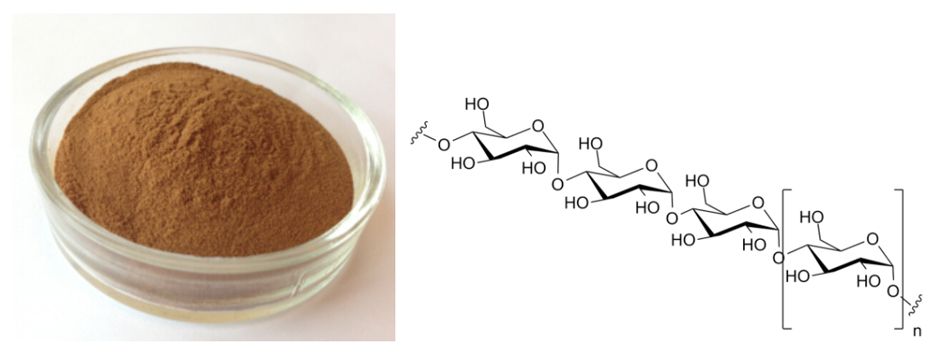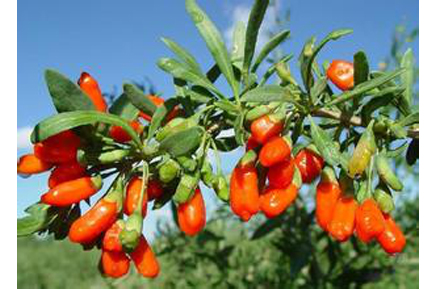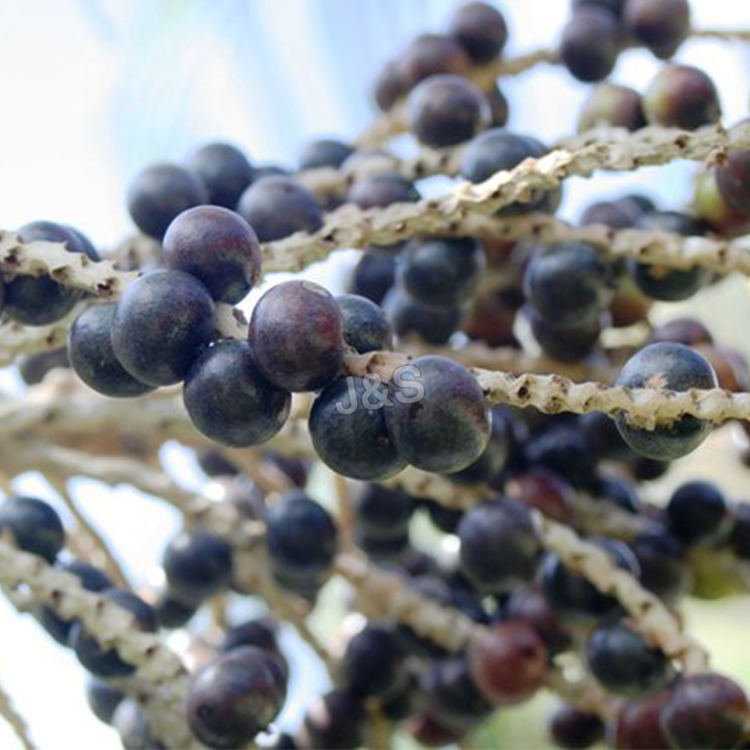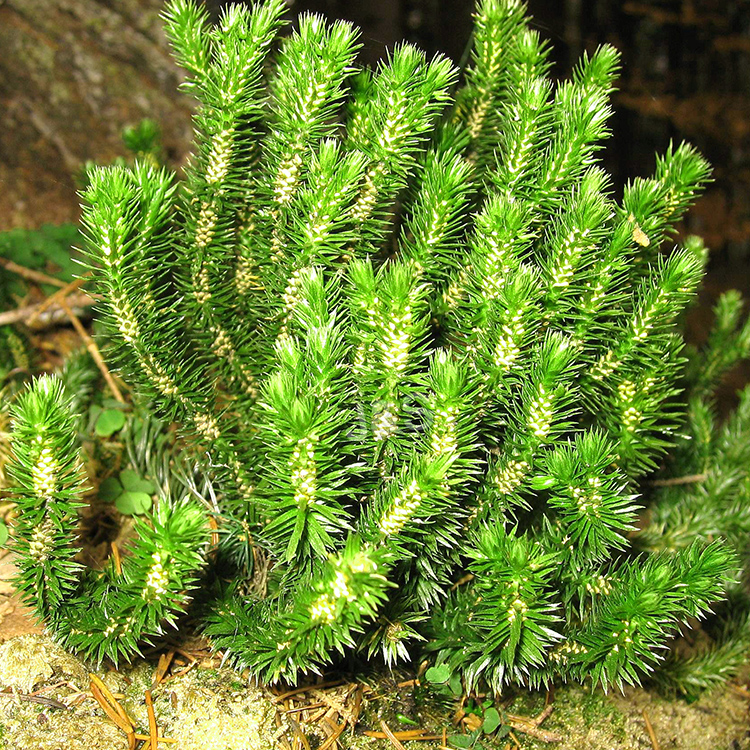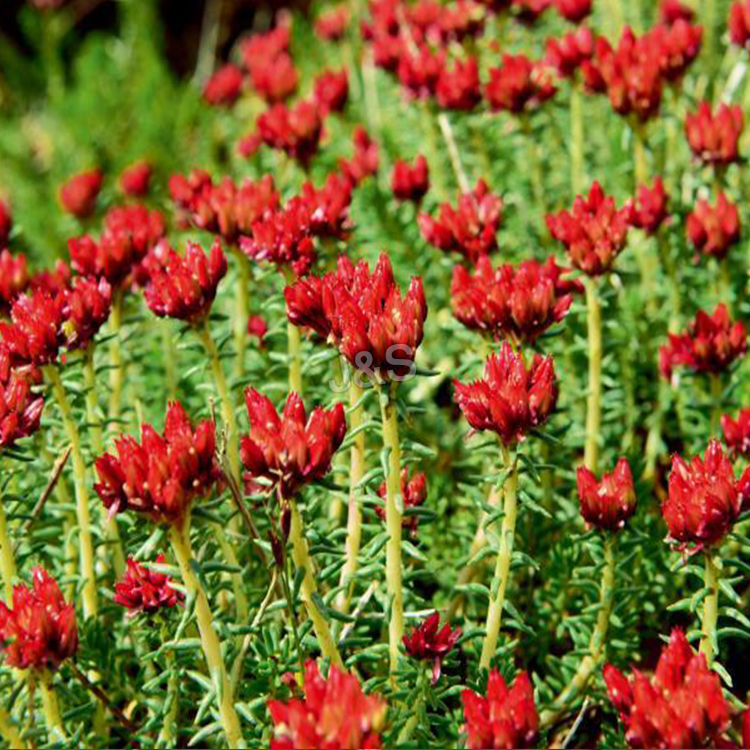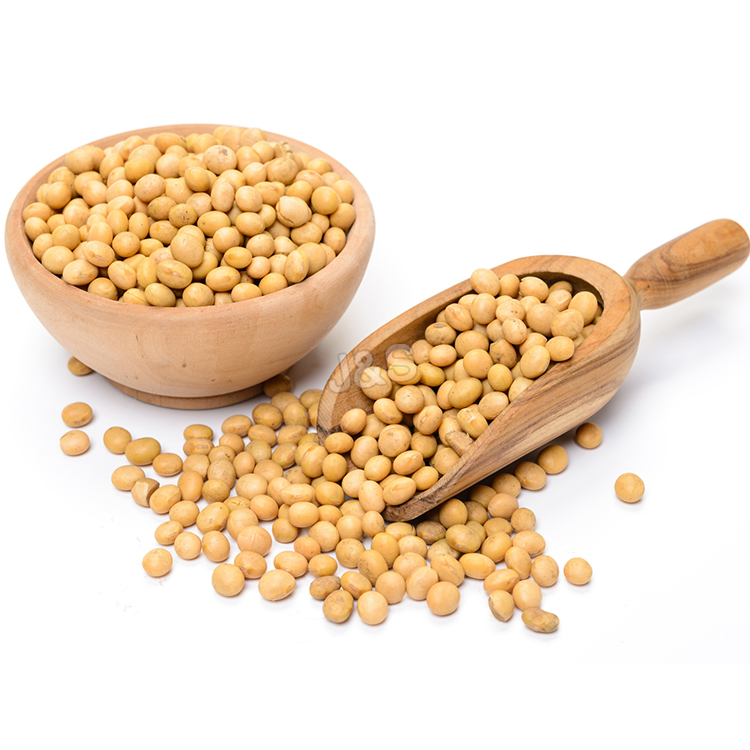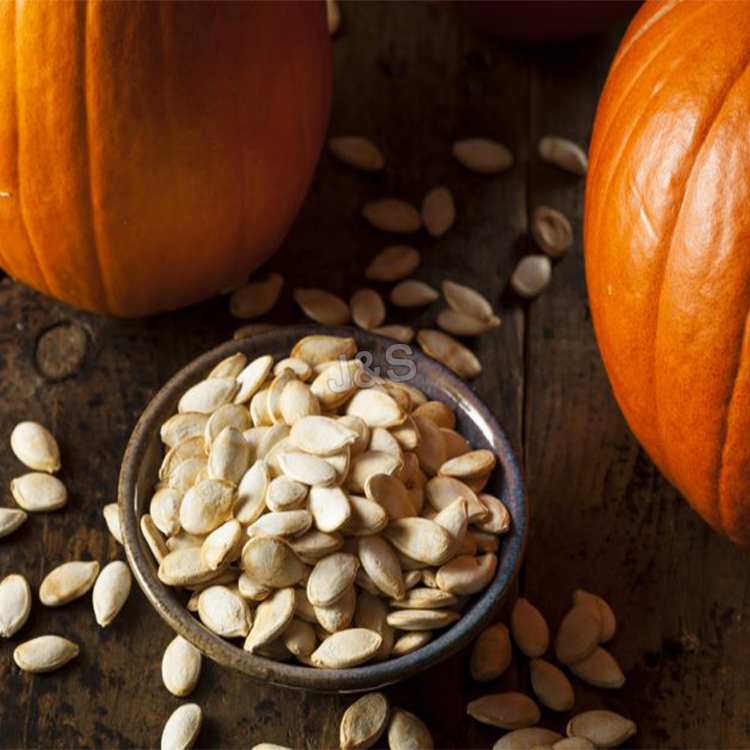Newly Arrival Wolfberry Extract Factory from Lima
Newly Arrival Wolfberry Extract Factory from Lima Detail:
[Latin Name] Lycium barbarum L.
[Plant Source]from China
[Specifications]20%-90%Polysaccharide
[Appearance] Reddish brown powder
Plant Part Used:Fruit
[Particle size] 80 Mesh
[Loss on drying] ≤5.0%
[Heavy Metal] ≤10PPM
[Shelf life] 24 Months
[Package] Packed in paper-drums and two plastic-bags inside.
[Net weight] 25kgs/drum
Product Description
The wolfberry is harvested when the fruit is orange red. After drying to the skin wrinkles, it is exposured to the skin moist and soft fruit, then removed the stem. Wolfberry is a kind of rare traditional Chinese medicine which is very rich in nutrients and has high medicinal value The materials contain not only such as iron, phosphorus, calcium, but also a lot of sugar, fat and protein. It also contains polysaccharide with good health care function to human body and organic germanium that is beneficial to human’s intelligence.
Function
1. With the function of regulating immune, inhibiting tumor growth and cell mutation;
2. With the function of lipid-lowering and anti-fatty liver;
3. Promoting the function of hematopoietic;
4. With the function of anti-tumor and anti-aging.
Applications:
1. Applied in food field, it can be produced into wine, canned, condensed juice and other more nourishment;
2. Applied in health product field , it can be made into suppositories, lotions, injection, tablets, capsules and other dosage forms to regulate immunity;
3. Applied in pharmaceutical field, effectively treating cancer, hypertension, cirrhosis and other diseases;
4. Applied in cosmetics field, it can prevent skin aging and improve skin elasticity.
Product detail pictures:
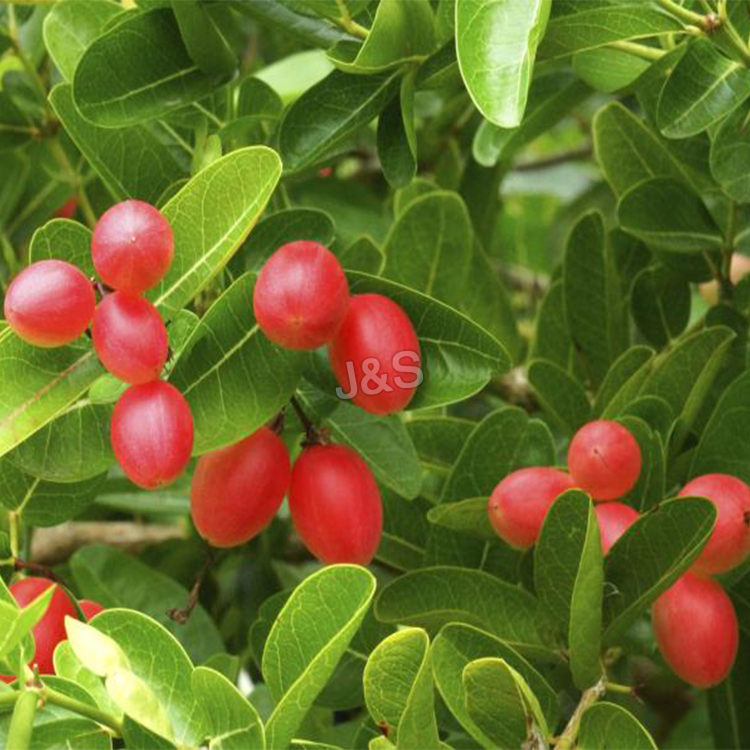
Related Product Guide:
We normally follow the basic principle "Quality Initial, Prestige Supreme". We've been fully committed to offering our consumers with competitively priced good quality merchandise, prompt delivery and professional support for Newly Arrival Wolfberry Extract Factory from Lima , The product will supply to all over the world, such as: Haiti, Hungary, Nepal, What You Need Is What We Pursue.We are sure our products will bring you first class quality.And now sincerely hope to promote partner friendship with you from all over the world. Let's joint hands to cooperate with mutual benefits!
Big Market Research : Global and Chinese Sodium Copper Chlorophyllin Industry – Size, Share, Trends, Demand, Report, Opportunities and Forecast 2020
To Get More Details @ https://www.bigmarketresearch.com/global-and-chinese-sodium-copper-chlorophyllin-industry-2010-2020-research-report-market
The Global and Chinese Sodium Copper Chlorophyllin Industry, 2010-2020 Market Research Report is a professional and in-depth study on the current state of the global Sodium Copper Chlorophyllin industry with a focus on the Chinese market. The report provides key statistics on the market status of the Sodium Copper Chlorophyllin manufacturers and is a valuable source of guidance and direction for companies and individuals interested in the industry.
Firstly, the report provides a basic overview of the industry including its definition, applications and manufacturing technology. Then, the report explores the international and Chinese major industry players in detail. In this part, the report presents the company profile, product specifications, capacity, production value, and 2010-2015 market shares for each company. Through the statistical analysis, the report depicts the global and Chinese total market of Sodium Copper Chlorophyllin industry including capacity, production, production value, cost/profit, supply/demand and Chinese import/export.
The total market is further divided by company, by country, and by application/type for the competitive landscape analysis. The report then estimates 2015-2020 market development trends of Sodium Copper Chlorophyllin industry. Analysis of upstream raw materials, downstream demand, and current market dynamics is also carried out. In the end, the report makes some important proposals for a new project of Sodium Copper Chlorophyllin Industry before evaluating its feasibility.
https://www.ibiology.org/ibioseminars/jared-leadbetter-part-1.html
Talk Overview:
Leadbetter begins his seminar by comparing the biological diversity in the gut of the termite to the diversity found in the Sargasso Sea. The hindgut of the dampwood termite Zootermopsis nevadensis has one of the highest densities of microbes found on earth and includes bacteria, archaea and eukaryotes of all shapes and sizes. Protozoa in the termite gut breakdown the polysaccharides in wood to produce acetate; a food source for the termite. The breakdown of wood also produces H2 and CO2. Archaea in the gut convert the H2 and CO2 to methane, while bacteria compete to convert the H2 and CO2 to more acetate thus reducing methane production. Leadbetter and his colleagues were the first to identify and successfully culture acetogenic spirochetes from the termite gut. They have since found gut bacteria capable of fixing atmospheric nitrogen and producing protein. Using genetics, Leadbetter is now studying the diversity and evolution of termites and their gut bacteria.
Speaker Biography:
Jared Leadbetter was an undergraduate biology student at Goucher College when he attended a summer course on microbial diversity at the Marine Biological Laboratory in Woods Hole, Massachusetts. It was here that he first became fascinated with the amazing environment of the termite gut. Leadbetter went on to study termite gut microbes for his PhD at Michigan State University and as a post-doc at the University of Iowa.
Currently, Leadbetter is a professor of Environmental Microbiology and Environmental Science and Engineering at the California Institute of Technology. He is also co-director, with Dianne Newman, of the Marine Biological Lab’s summer course on Microbial Diversity. Using physiological, chemical and molecular genetics techniques, Leadbetter’s lab strives to understand the symbiotic relationship between termites and their diverse gut microbes. A better understanding of how termite gut microbes limit methane production and how they break down material such as lignin and cellulose may help reduce methane production by cows and improve the production of biofuels.
Cooperate with you every time is very successful, very happy. Hope that we can have more cooperation!
